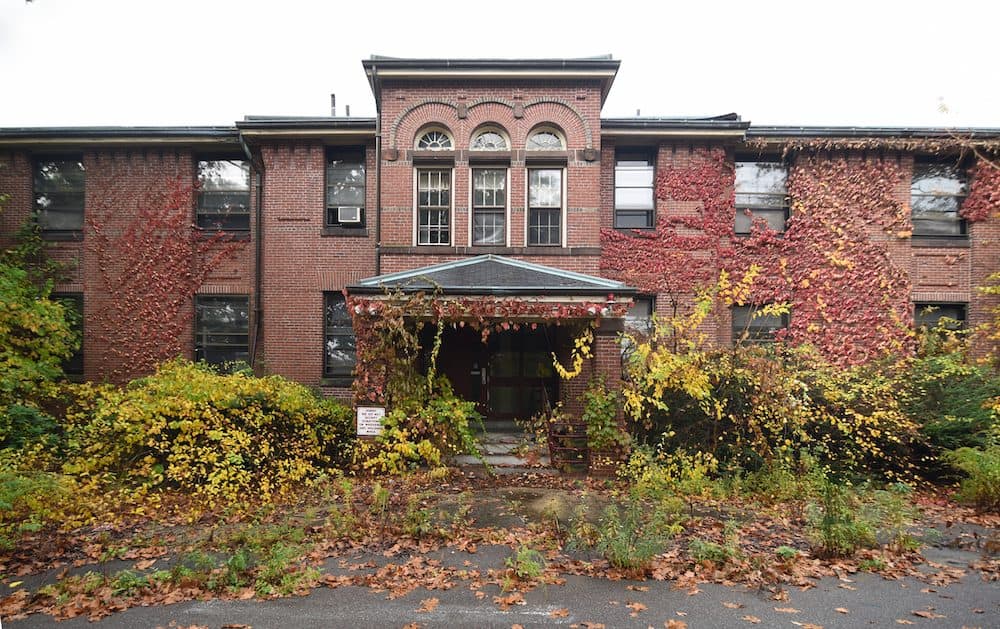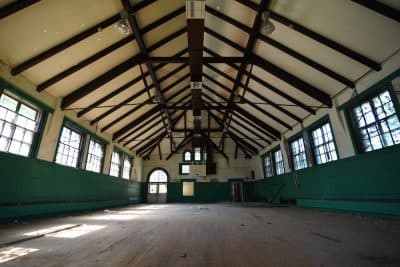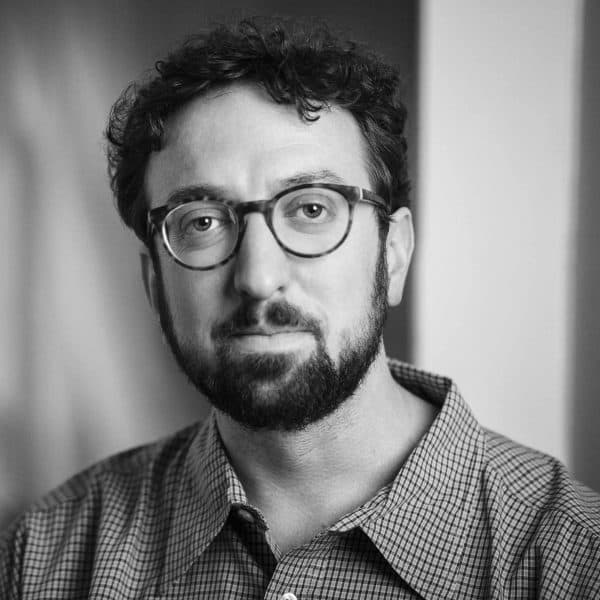Advertisement
Commentary
No Longer Neglected, Rebuilding Hope For The Fernald

It has been a slow, decades-long retreat for the 196-acre Walter E. Fernald Developmental Center. The Fernald, a former institution for the developmentally disabled, has loomed large for generations, enormous in both in its physical size and its tumultuous history of abuse and resilience. Now, the city of Waltham seems poised to walk away and allow this historic landscape of buildings to fall apart amidst poor planning, lack of transparency and squabbling with the state.
Opened in Boston in 1848, the Fernald was built around a progressive idea. It was the first public institution in America for people with developmental disabilities; a place where once-neglected people were given opportunity to get an education and return to the community with the skills to live productive lives. In the late 1880s, the school moved to Waltham where patients helped construct the buildings along the rural, rolling landscape.
Opened in Boston in 1848, the Fernald was built around a progressive idea. It was the first public institution in America for people with developmental disabilities.
Soon, however, the Fernald ballooned in size. Too large to manage, the staff committed a multitude of sins against the people in their care. Successive generations of administrators strayed from the original mission, children were abandoned and society turned a blind eye. Patients were abused. Women were sterilized. Backed by major corporations, MIT and Harvard scientists experimented on patients. They fed boys radioactive milk. Students who once came and went were deemed too dangerous and burdensome to release. Instead, they became inmates for life. Many of them would live out their days in squalid conditions.
It was the relatives of the patients, joined by staff, who first transformed the Fernald. Starting in the 1950s, they got the community involved and with help from the courts, they brought reform. In subsequent decades they redesigned and revitalized aging buildings. Prominent citizens like the Kennedys brought in federal funds. Ultimately, advocates took patients with them back into the community and the center slowly closed.

In 2014, the City of Waltham purchased the Fernald from the state for $3.7 million, under the condition that most of it be preserved in perpetuity. Meadows and fields must be kept as such or restored. Historic buildings — many of which were in use into the last decade — can be renovated inside, but most cannot be demolished.
But at the Fernald today, the landscape sits fallow. Buildings are falling to the ground, embalmed by rumor and neglect. Reports created by years of community meetings sit shelved. The few attempts to reuse the property — for a high school and another for a temporary police station — have revealed a bureaucracy unable or unwilling to adhere to the agreements it has made.
Aside from a few elected officials, the city’s body politic fuels a hushed perception that an exceptional curse hangs over the place. In doing so, they abuse its memory, turning the lives of people who lived there into a ghost story that conveniently suits bureaucratic paralysis.
Advertisement
At each stage, the history of the Fernald teeters back and forth. Just beneath the scandalous surface, there are stories of courage, heroism, charity, kindness and love. There is a need for stewardship, and good examples for how to preserve the best of the place’s history while acknowledging the worst. Communities like Medfield have used similar circumstances as an opportunity to get things right.
At each stage, the history of the Fernald teeters back and forth. Just beneath the scandalous surface, there are stories of courage, heroism, charity, kindness and love.
After years of studying the Fernald and wandering the grounds, it is hard not to see how easy it would be to do something radically new while honoring the lessons of the past and meeting basic financial needs. Once the size of a village, the Fernald could be one again, providing housing for high-functioning people with disabilities, veterans and families. It could be used for innovation facilities, community education space, artist studios, farm fields and walking trails. It could be the site of a national museum dedicated to citizens with disabilities.
Instead, the current refrain says that the place is too much to deal with. It may be that the magnitude of the place — thousands of people worked or lived at the dozens of campus buildings in the late 1960s — makes even the smallest effort at change seem overwhelming. This is distressing, for it means that the lessons of the Fernald have not changed us. They have not stifled our reflexive desire to embrace ill-informed stereotypes. They have not stopped us from choosing to look away, and it is that impulse that haunts this place.
It has always been this way at the Fernald. Start to finish, the most powerful and enduring legacy here is the people who fought to overcome the scandal of neglect. As before, it is this neglect — neglect by the living, not the dead — that resists the peace and renewal this closing might otherwise bring.
